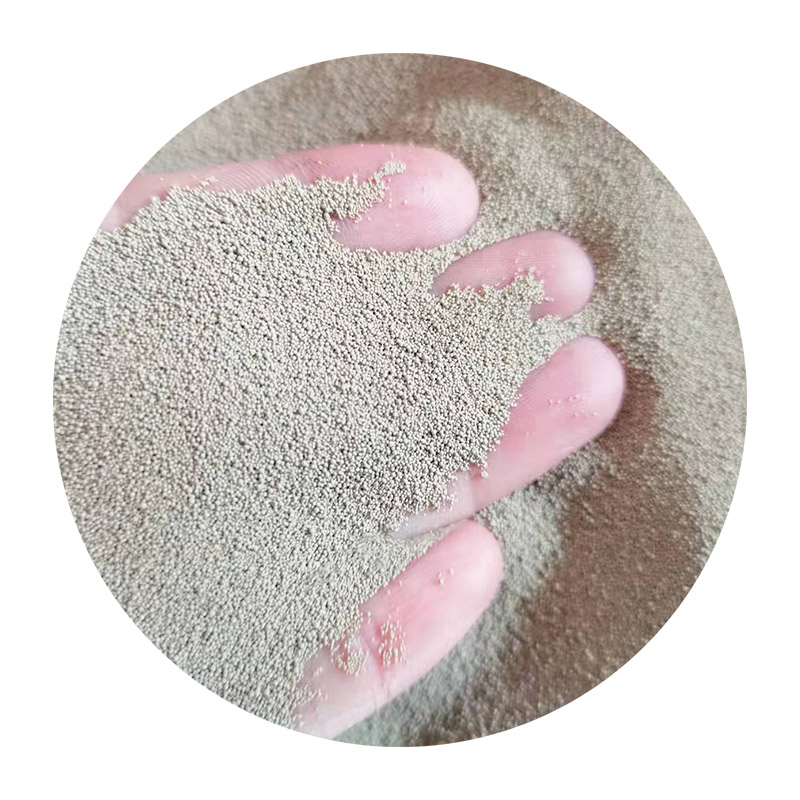The Art and Science of Sanding Glazed Ceramics
The process of sanding glazed ceramics is a nuanced blend of artistry and technique, essential for both the finishing touches of pottery and the repair of damaged pieces. This practice not only enhances the aesthetic appeal of ceramic items but also plays a crucial role in their functionality and longevity. Understanding the reasons for sanding, the tools involved, and the techniques used can significantly enrich one's experience with ceramic art.
Why Sand Glazed Ceramics?
Glazed ceramics are predominantly celebrated for their vibrant colors and protective coatings. However, there are several instances where sanding becomes necessary. For starters, sanding can help to smooth out rough edges and surface imperfections caused during the firing process or handling. Additionally, it is often employed to refine the texture of the ceramic item, allowing for a pleasing tactile experience. Furthermore, issues such as glaze drips or uneven finishes may necessitate sanding to create a more uniform surface.
Besides aesthetic refinements, sanding is critical when it comes to preparing ceramics for additional glazing or painting. A properly sanded surface allows new layers of glaze to adhere better, ensuring a durable finish. Moreover, sanding can sometimes be used to correct or prepare surfaces for functional purposes, such as ensuring a tight fit in lidded containers.
Tools and Materials Needed
The right tools and materials are fundamental to effective sanding. A variety of sanding materials are available, each offering different abrasiveness levels. Common tools include sandpaper, sanding sponges, and rotary sanders.
1. Sandpaper Available in various grits, from coarse (60-80) to fine (220 and above), sandpaper is the primary tool for smoothing surfaces. Coarser grits are effective for removing larger imperfections, while finer grits provide a polished finish.
sanding glazed ceramics

2. Sanding Sponges These are particularly useful for irregular shapes and curves found in many ceramic pieces. They conform to the surface better than rigid sandpaper, providing consistent results on intricate designs.
3. Rotary Sanders For larger projects or more extensive surface areas, a rotary sander can be a time-saving choice. However, care must be taken to avoid over-sanding and damaging the ceramic piece.
4. Protective Gear Since sanding can create dust, it is advisable to wear a mask and safety goggles to protect oneself from inhaling particles and getting debris in the eyes.
The Sanding Technique
The sanding technique should be approached with patience and precision. Start by determining the areas that require sanding, whether it’s to correct a mistake or simply to smooth a surface. Begin with a coarser grit sandpaper to tackle significant imperfections. Use smooth, even strokes, applying light pressure to avoid gouging the ceramic. It's best to sand in circular motions or along the contours of the piece to maintain an even surface.
Once the rough spots are addressed, switch to finer grit sandpaper to refine the surface. This step is crucial for achieving a glossy, polished finish. After sanding, it is essential to clean the surface thoroughly to remove all dust and debris. This not only prepares the ceramic for any further work but also enhances the visibility of the final results.
Final Thoughts
Sanding glazed ceramics is not merely a mechanical task; it is an integral part of the creative process that can transform a mundane piece into a work of art. This technique opens up opportunities for experimentation with forms and finishes, enabling artists and enthusiasts to express their unique visions. By honing their sanding skills, individuals can breathe new life into their ceramic creations, ensuring that each piece resonates with both beauty and functionality. Whether you are a budding ceramicist or an experienced artisan, mastering the art of sanding glazed ceramics can elevate your craft to new heights.
Post time:Abe . 02, 2024 07:22
Next:sand for casting
